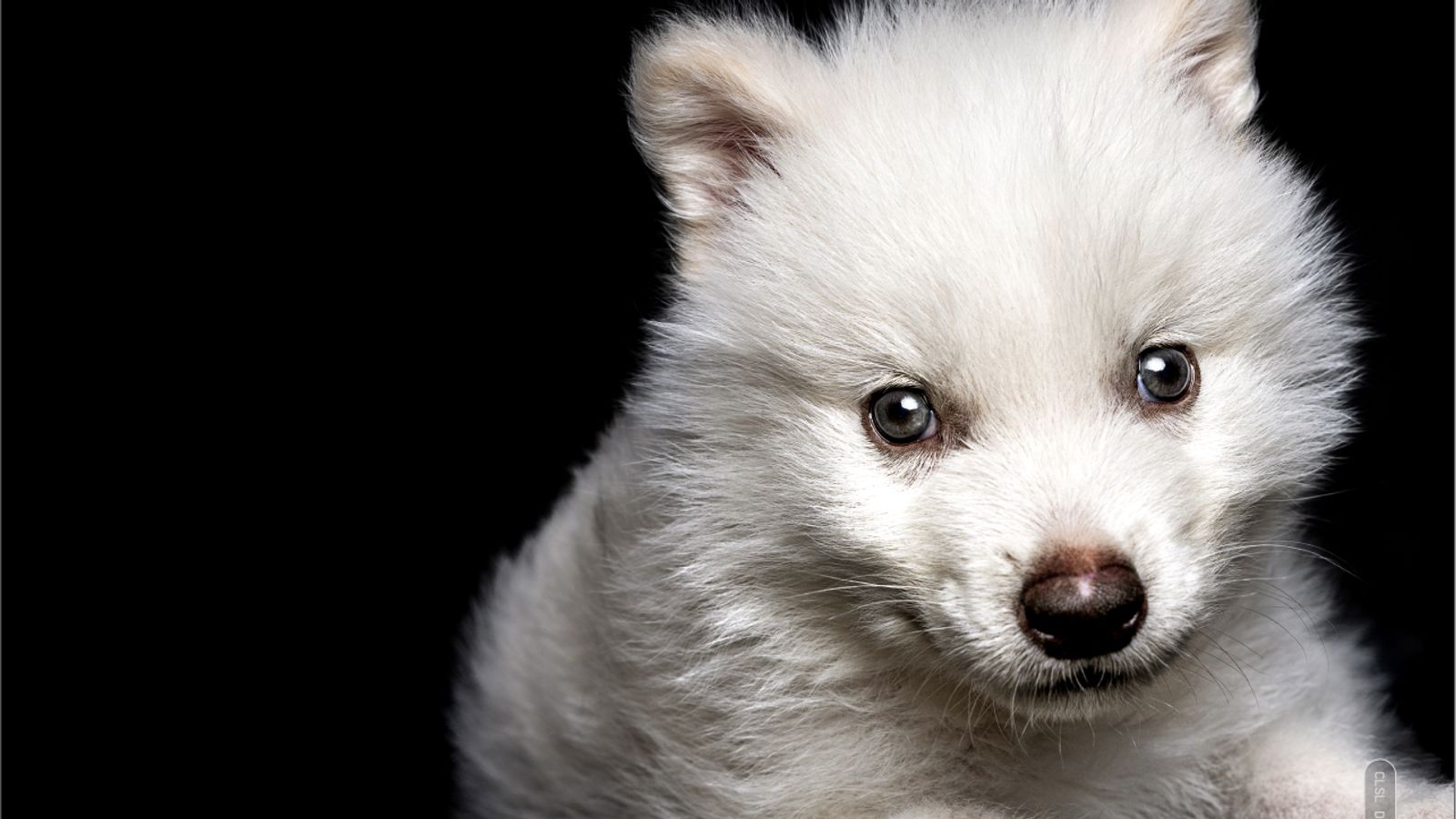
Scientists Claim to Resurrect the Legendary Dire Wolf—But Is It Real?
Alright, let’s talk about something that sounds like it’s straight out of a sci-fi movie—or maybe even Game of Thrones , considering one of the pups is named Khaleesi. Scientists at Colossal Biosciences are making headlines with a wild claim: they’ve brought back the dire wolf, a species believed to have gone extinct over 10,000 years ago. I know, it sounds unbelievable, right? But let’s break down what’s really going on here.
So, here's the deal. Colossal Biosciences announced the birth of three pups—Romulus, Remus, and Khaleesi—that they say are the first "de-extincted" dire wolves. Yes, the same dire wolves that once roamed Ice Age North America and have been extinct since the end of the Pleistocene epoch. They even posted a video online where the pups are howling, claiming it's the first time anyone has heard that iconic sound in millennia. It’s powerful stuff—goosebumps, honestly.
Also Read:- Brave Breakthrough as Security Operatives Nab Kidnappers in Benue
- Vice Admiral Shoshana Chatfield Fired in Trump-Era Military Shake-Up
But hold on. This isn’t Jurassic Park. These animals weren’t cloned from preserved dire wolf DNA. Instead, what Colossal did was a bit more like high-level genetic remixing. Using ancient DNA from fossils—like a 13,000-year-old tooth and a 72,000-year-old ear bone—they pieced together the dire wolf genome as best they could. Then they used grey wolves, the dire wolf's closest living relative, as the genetic canvas. They edited 20 key parts of 14 genes to alter features like fur color, body size, and structure—essentially making the pups look and sound like dire wolves.
The embryos were implanted into surrogate dogs, and voila—three pups that resemble something out of prehistory. But here's the catch: genetically speaking, they’re not 100% dire wolves. In fact, scientists estimate that grey wolves and dire wolves only share about 99.5% of their DNA, which may sound like a lot until you realize that’s still millions of differences in base pairs.
And behaviorally? These pups are living a pampered life—more Ritz Carlton than raw wilderness. Beth Shapiro, Colossal’s chief scientist, even admitted they can’t so much as get a splinter without someone noticing. They’re being raised in labs, not wild packs, so even if their DNA was a perfect match (which it isn’t), we wouldn’t really know how a true dire wolf would behave.
Other scientists are cautiously intrigued but also skeptical. Adam Boyko from Cornell pointed out that while the science is exciting, these aren’t real dire wolves in the strictest sense. They're engineered hybrids—not a full resurrection, more like a tribute act. Think more "dire wolf-inspired" than "authentic prehistoric predator."
Still, it’s undeniably fascinating. Even if we’re not looking at a full-blown de-extinction, we’re seeing the frontier of genetic engineering stretch in ways we’ve only imagined. Whether you call them recreated relics or bioengineered beasts, Romulus, Remus, and Khaleesi are proof that science fiction is quickly becoming science fact.
So yeah, dire wolves are kinda back—but it’s complicated.
Read More:

0 Comments